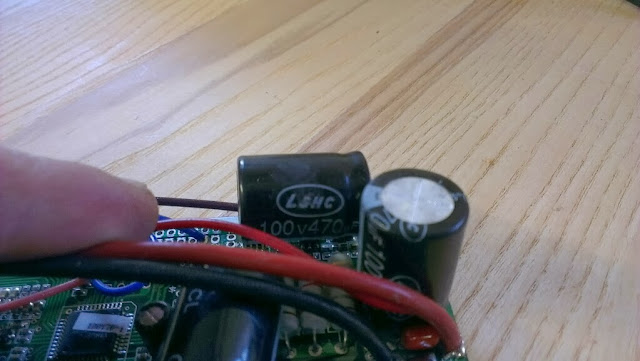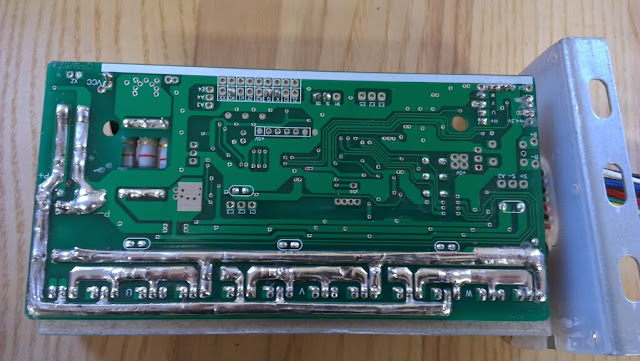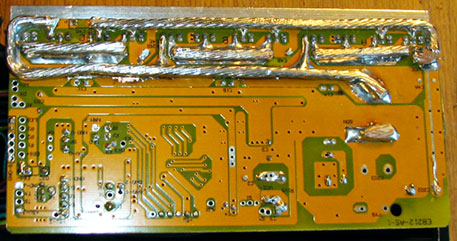appleseed123
1 W
I have some copper braid and a 140 watt weller soldering gun. I decided to upgrade the traces on my 12 fet sensorless lyen controller. So i went to use my soldering gun, and tinned my tip/braid. But the gun just cant melt the solder on the broad. The braid just wont stick even with flux.
How can a 140 watt soldering gun not melt the traces? Is there a butane soldering iron for more powerful stuff that i can use? The biggest soldering iron I have found locally is 200watts which really isnt that much more.
IS there a DIY trend on ES about upgrading traces that i can read?
Thanks guys
How can a 140 watt soldering gun not melt the traces? Is there a butane soldering iron for more powerful stuff that i can use? The biggest soldering iron I have found locally is 200watts which really isnt that much more.
IS there a DIY trend on ES about upgrading traces that i can read?
Thanks guys






